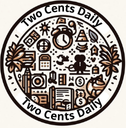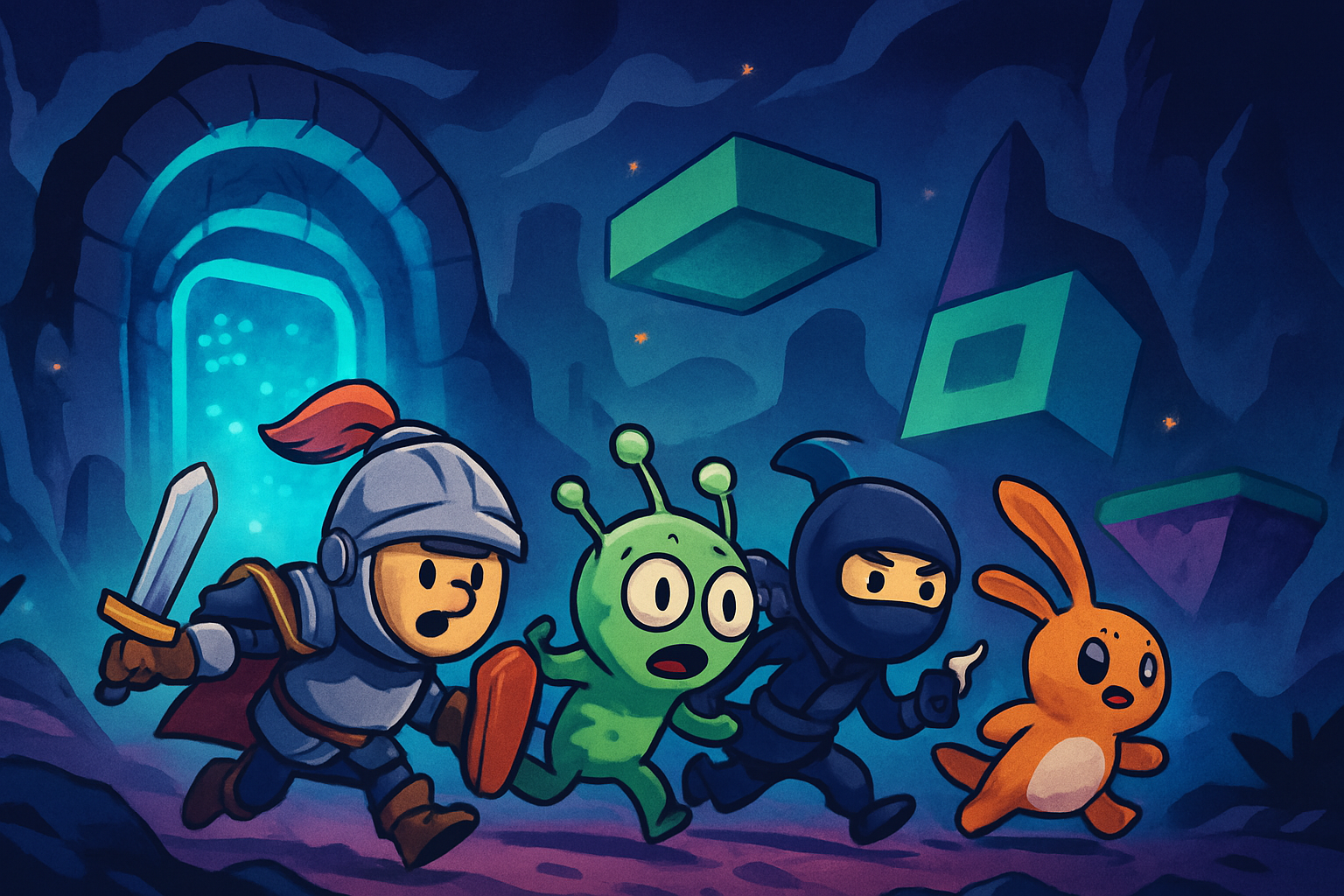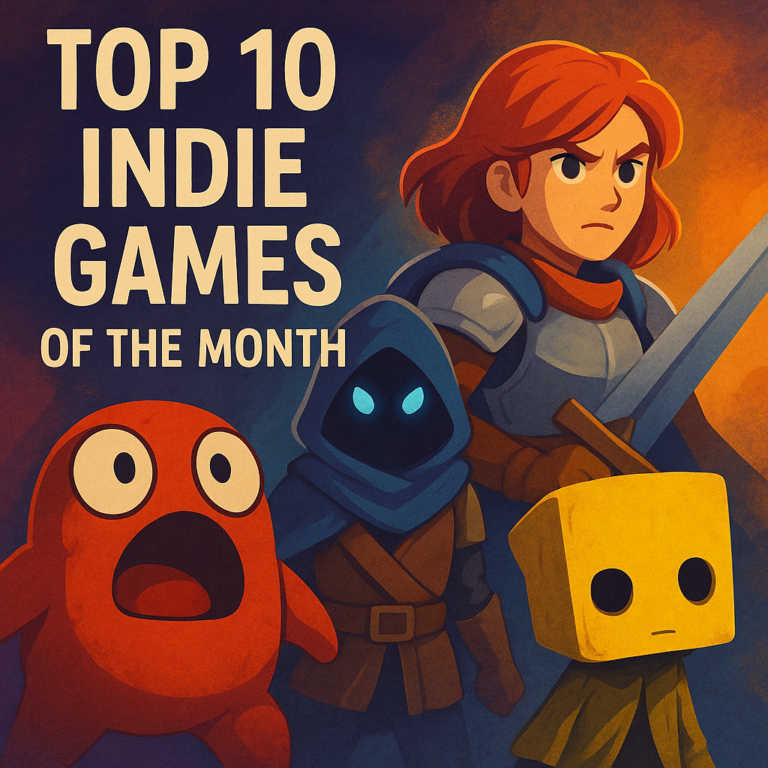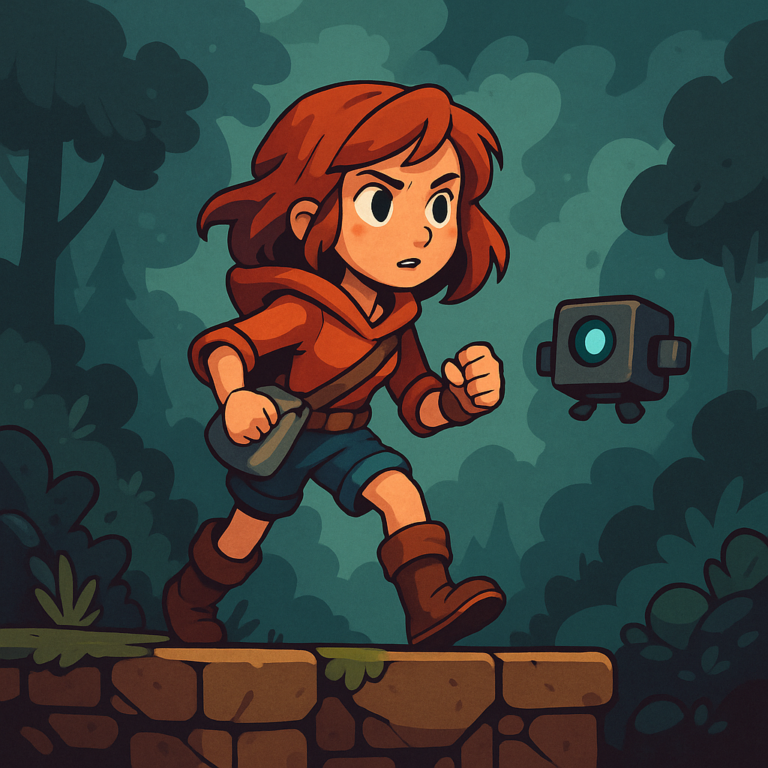Unlock Your Indie Dream: The Ultimate Guide to the Best Platforms for Indie Games!
So, you’ve poured your heart and soul into crafting an incredible indie game – a unique world, captivating characters, and gameplay that’s bound to hook players. The indie game scene is absolutely exploding, offering a universe of creative freedom and the chance to connect directly with a passionate audience. But now comes a crucial step: choosing the perfect launchpad for your masterpiece.
With so many options out there, figuring out the best platforms for indie games can feel like a quest in itself! Fear not, aspiring developers, avid gamers, and curious onlookers – this guide is for you. We’re about to embark on an exciting journey through the top-tier platforms that can help your indie game shine and reach the players it deserves.
Navigating the digital landscape to find the ideal home for your game is paramount. Each platform offers a distinct ecosystem, with its own community, reach, and set of tools. For developers, this choice impacts everything from visibility and revenue to the kind of support you receive. For gamers, knowing where to find the freshest indie titles means endless hours of unique entertainment. Let’s explore some of the most popular and effective platforms that are making waves in the indie world.
Steam: The PC Gaming Titan
First up is the titan of PC gaming, Steam. With its colossal user base of over 140 million active players, Steam offers unparalleled reach. Getting your game in front of that many eyes is a tantalizing prospect for any developer. It’s a bustling marketplace filled with every genre imaginable, and its robust community features, like forums and user reviews, can create significant buzz. However, this vastness also means intense competition. Standing out requires a quality game and smart marketing. Steam Direct allows developers to publish their games for a fee, making the platform accessible, but discoverability can be a challenge that requires strategic effort.
Itch.io: The Indie Spirit Haven
For those seeking a platform with a heart firmly rooted in the indie spirit, Itch.io is a beloved haven. Itch.io champions creative freedom and offers an incredibly developer-friendly environment. Publishing is straightforward, often with no upfront fees, and developers have significant control over their game pages and pricing, including a pay-what-you-want model. This makes it an excellent space for experimental projects and for building a direct relationship with your player base. While its audience is smaller than Steam’s, it’s highly targeted and passionate about indie discoveries.
GOG (Good Old Games): DRM-Free Delights
Another fantastic destination, particularly for those who appreciate DRM-free gaming, is GOG (Good Old Games). GOG has built a strong reputation for curating a selection of classic and new indie titles, all offered without digital rights management, which is a big plus for many players. They are known for their developer-friendly approach, often offering a favorable revenue split. While GOG can be more selective in its curation process, ensuring a certain level of quality and polish, getting your game featured here can lend it a badge of honor and appeal to a discerning audience that values game ownership.
Epic Games Store: The Generous Contender
Then there’s the Epic Games Store, which has rapidly become a major player in the PC gaming distribution landscape. Epic Games Store is known for its very attractive 88/12 revenue split, allowing developers to keep a significantly larger portion of their earnings. They’ve also been proactive in offering free games, which draws a massive user base, and their “Epic First Run” program offers 100% revenue for the first six months for exclusive titles. This platform is increasingly becoming a go-to for both big releases and exciting indie games, offering substantial reach and developer incentives.
Humble Bundle: Bundles of Joy and a Storefront
Don’t forget about Humble Bundle! While often known for its game bundles that support charity, Humble Bundle also operates a storefront. It’s a platform with a strong community focus and a reputation for offering great value. For developers, being featured in a Humble Bundle or on their store can provide significant exposure and sales, tapping into an audience that is always on the lookout for great deals and unique indie experiences.
Console Platforms: Reaching the Living Room (PlayStation, Xbox, Nintendo)
Beyond PC-centric platforms, the console world (PlayStation, Xbox, Nintendo) offers enormous opportunities. Each console has a dedicated and massive player base. Publishing on consoles can be more complex, often involving specific submission processes, certification requirements, and developer program fees. However, the reward is access to millions of engaged gamers. Tailoring your game to the unique features and audience of each console can lead to incredible success. Nintendo Switch, in particular, has become a very popular platform for indie games, with its portability and diverse audience.
Mobile Platforms: Gaming on the Go (Apple App Store, Google Play)
And, of course, we can’t overlook mobile platforms like the Apple App Store and Google Play. The mobile gaming market is gigantic, with billions of potential players. Publishing on these platforms is generally straightforward, often with low entry barriers. However, the sheer volume of apps means discoverability is a huge challenge. Success on mobile often requires a game that’s well-suited to on-the-go play, potentially a free-to-play model with in-app purchases, and a strong marketing strategy to cut through the noise.
Choosing the right platform, or combination of platforms, depends heavily on your game, your target audience, and your goals. Each offers a unique pathway to players. Do your research, understand their terms, and consider where your game will truly thrive!
Ready to dive deeper into the world of indie games and discover even more gems? Check out our other article: Indie Games: A World of Innovation and Passion !



